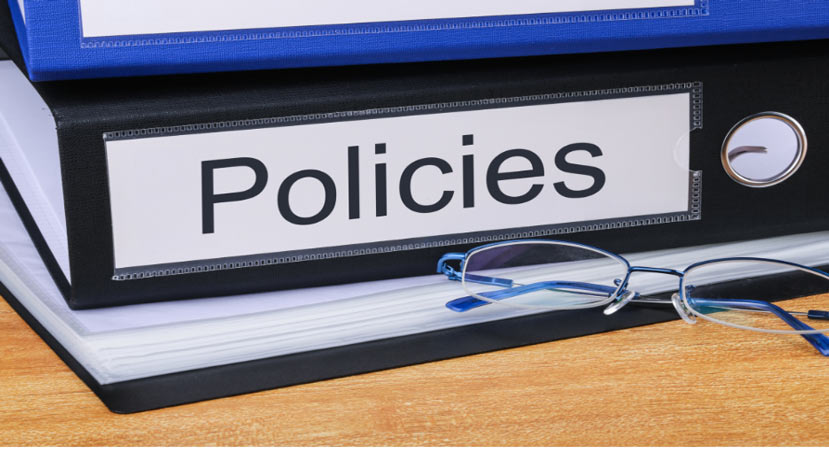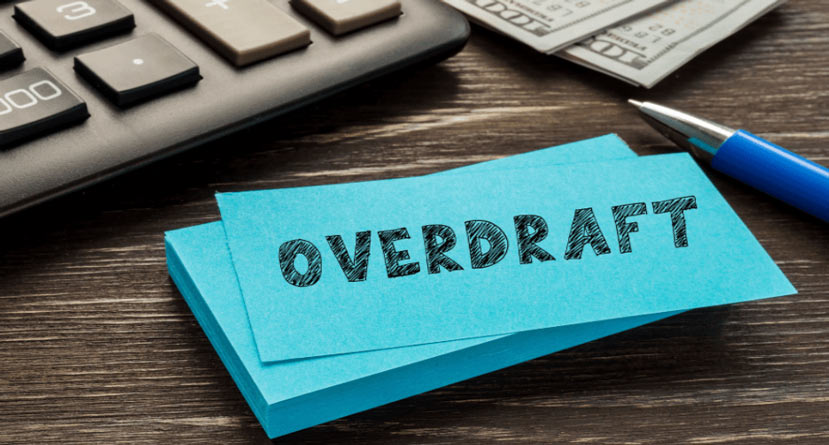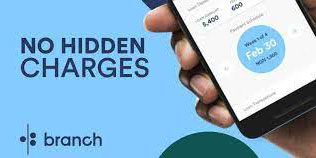Have you ever returned an item and been slapped with a large fee? If so, you may wonder what a returned item fee is and why retailers charge it. The retailer or the bank can impose a returned item fee for different reasons.
In this blog post, we will break down everything there is to know about this pesky charge - from what qualifies as a return to how to avoid these fees altogether. Keep reading if you want an expert guide on a returned item fee!
What is a Returned Item Fee, and Why Was I Charged
A returned item fee is a charge imposed by a retailer or bank when customers return an item. This fee may come in the form of a flat rate and most commonly ranges from $15 to $40. The specific amount will vary depending on the retailer and the type of item that was purchased.
Typically, retailers charge this fee for two reasons: either because they need to recoup the cost incurred to process your return (such as restocking fees) or because you are returning an item outside their returns policy timeframe. When it comes to banks, they typically charge this fee if you attempt to deposit a check that has already been deposited elsewhere or is otherwise invalid.
It’s also important to note that returned item fees are not limited to physical items. If you make a payment online using your credit or debit card, and the merchant does not have enough funds to cover the charge, your bank may also impose this fee as it will incur costs when attempting to process the transaction.
Can You Waive a Returned Item Fee
If you face a returned item fee, it’s worth asking the retailer if they can waive it. Depending on the situation, they might be able to reduce or eliminate the charge.
Some stores may waive a returned item fee if you have an ongoing relationship with them and this is your first time returning something within their returns policy timeframe. They may also offer leniency if you are experiencing financial hardship due to job loss or illness. You should always contact customer service to see if there’s any flexibility in waiving the fee.
In some cases, banks may also be willing to waive a returned item fee for customers with proven track records of making good deposits and withdrawals over an extended period. If you have a relationship with your bank, ask if they’d be willing to waive the fee - it never hurts to ask!
How to Avoid Returned Item Fees
1 Access Your Money On Time
One of the best ways to avoid returned item fees is by ensuring you can access your money on time. Don’t pay until the last minute; withdraw or deposit funds promptly. This will ensure no issues with processing transactions and help you avoid unnecessary fees.
2 Review Store Policies
Read through the store policies of any retailers you shop at before purchasing. This will provide valuable insight into their returns policy terms and conditions - including any potential return fees they might impose. Try to find stores with more lenient policies so that returning items isn't as costly.
3 Consider Alternatives
Before swiping your card, consider other alternatives, such as cash or debit cards. Cash is an ideal payment option if you’re concerned about returned item fees since there’s no risk of a chargeback (or refund) being issued. Plus, this can also help you stick to a budget since you won’t be able to spend more than what you have available in your checking account.
4 Monitor Bank Activity
It’s also important to monitor your bank account activity regularly to immediately identify any errors or discrepancies that could result in a returned item fee.
5 Contact Customer Service
If you incur a returned item fee, don’t hesitate to contact customer service. In some cases, they may be willing to waive the fee if certain conditions are met - so it’s worth calling them to find out what can be done.
6 Use A Credit Card
Finally, you can also use a credit card when making purchases to avoid returned item fees. If the merchant doesn’t have enough funds to cover the charge, your card issuer will absorb the cost rather than pass it on to you - so long as the purchase is within your credit limit.
Take Advantages of Overdraft Protection
Finally, it’s worth taking advantage of overdraft protection if your bank offers it. This will help to protect you from returned item fees by automatically transferring money into your account when necessary. Just be sure to make regular deposits so that the balance remains positive and avoid any potential charges.
Overdraft protection is a great option for people who regularly make payments and deposits but are concerned about potentially incurring returned item fees. The best way to use it is to set up automatic transfers so that your account balance never goes into the negative. This will ensure that any attempted transactions will be processed successfully and help you avoid costly charges.
It’s also important to note that banks may charge their fee when using overdraft protection, so understand all the terms and conditions before signing up. Additionally, suppose you opt-in for an overdraft limit. In that case, it’s important to remember that this still doesn’t guarantee against returned item fees - it simply means that if a transaction goes through and your account balance goes into the red, you won’t be charged for it.
FAQs
Q. What is a returned item in banking?
A. A returned item is a chargeback from the bank or retailer for any transaction that fails to clear due to insufficient funds or another issue. This fee is intended to cover the costs of processing and returning the payment to its originator. Depending on the financial institution, this fee could be anywhere from $20-$40.
Q. What qualifies as a return?
A. Any transaction that fails to be completed successfully would qualify as a return, including payments made with a check, credit card, debit card, or cash. Additionally, submitting an incorrect amount of money when making a purchase (for example, insufficient funds in your account) could also result in a returned item fee.
Q. How can I avoid these fees?
A. The easiest way to avoid a returned item fee is to ensure you have enough funds in your account before making any payments or purchases. Additionally, if you are using a credit or debit card, ensure the information on the card is always accurate and up-to-date. Finally, it’s always important to double-check the amount of money before submitting transactions – this will save you from facing large fees later down the line!
Conclusion
Returned item fees can be an inconvenient and expensive expense to deal with. However, with some planning and preparation, you should be able to avoid these charges altogether. Ensure you always double-check the information before submitting payments and have enough funds in your account at all times – this will save you from having to pay hefty returned item fees in the future.






